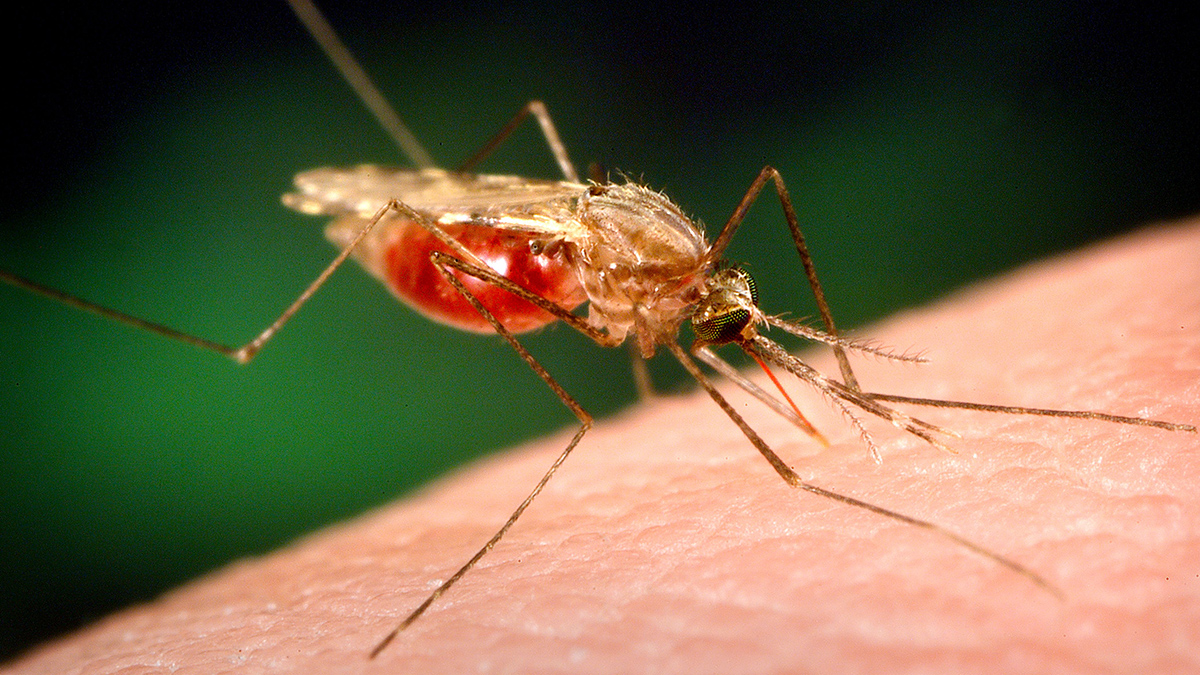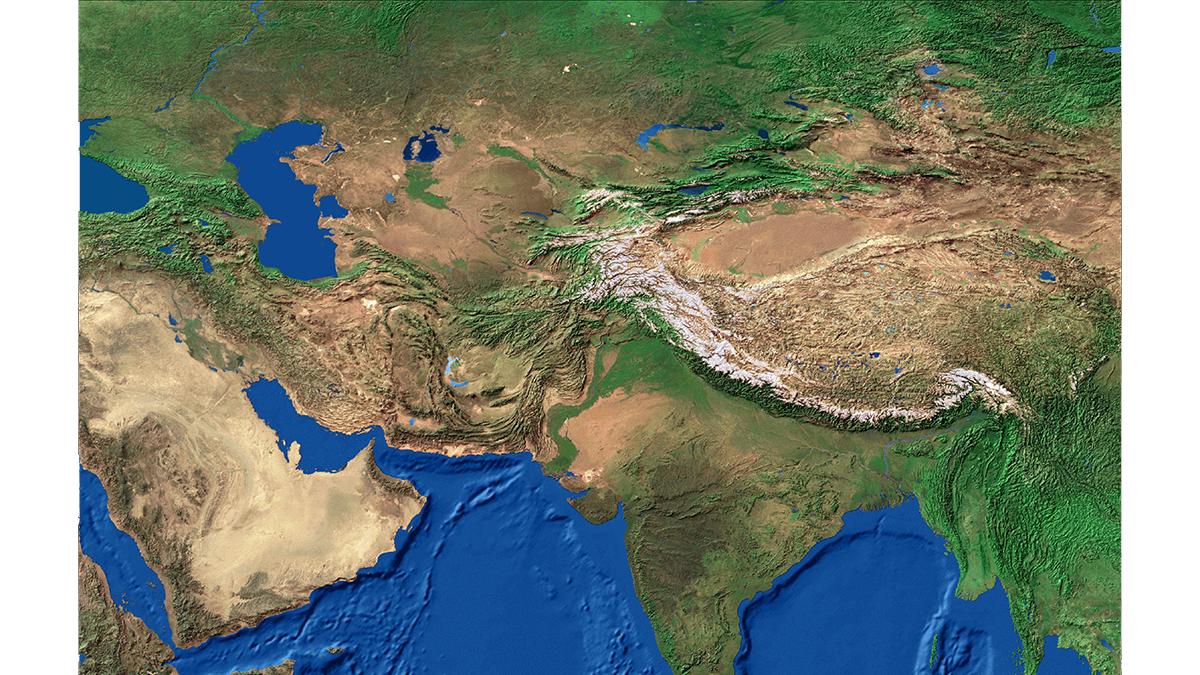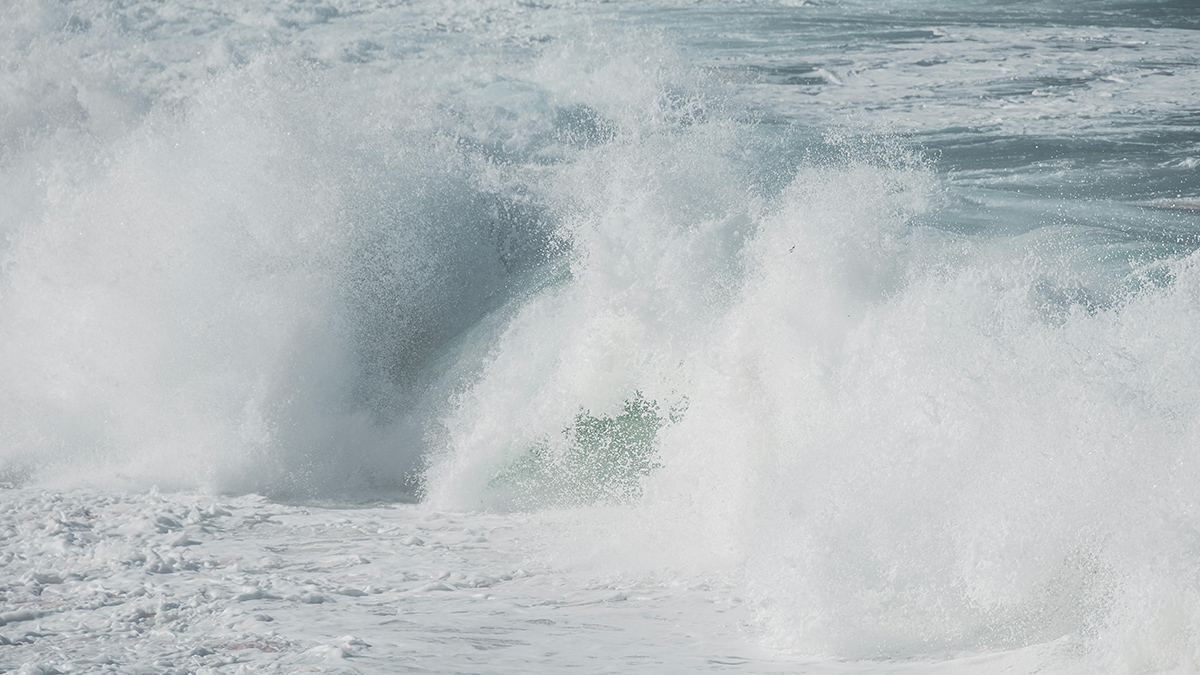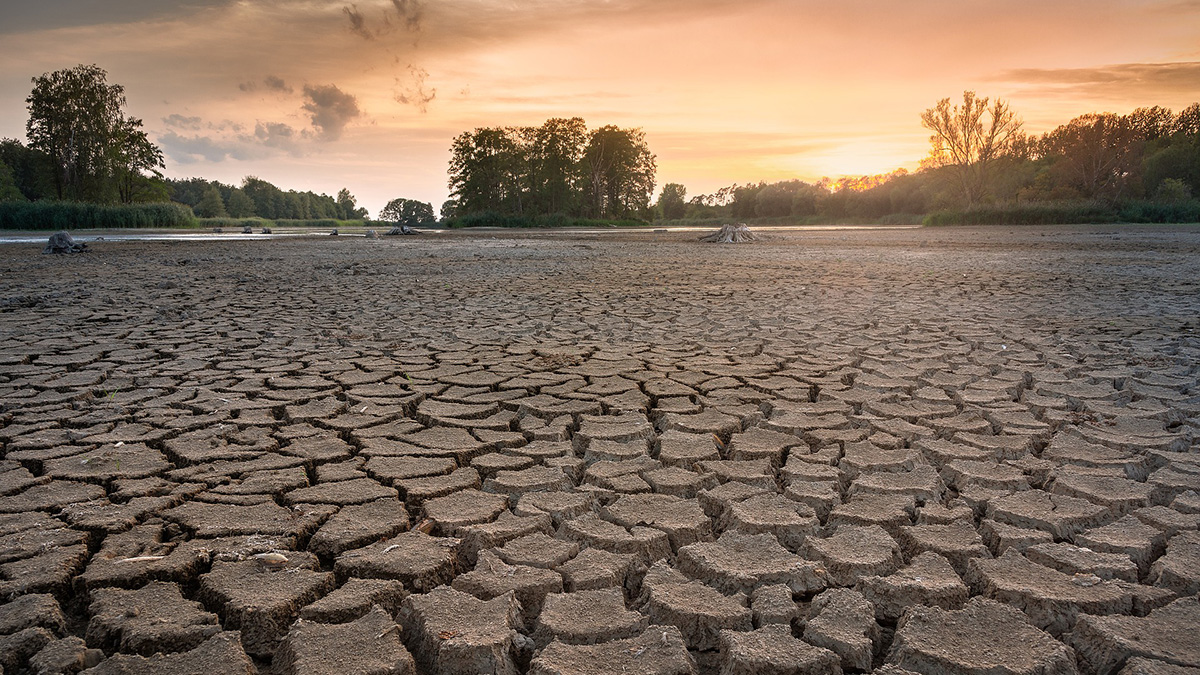Brine mining to meet resource demands amid renewable energy transitions is affecting water resources in South America and China. Hydrologists can help understand how and join the search for solutions.
water cycle
New Method Reveals Hidden Structures in Clear-Sky Vertical Motion
High-resolution satellite data reveal unexpected, highly heterogeneous vertical motions in the clear-sky atmosphere, with a new method proposed for measuring these motions.
La transmisión de la malaria en África varía con el clima y la hidrología
Los datos sobre las precipitaciones por sí solos no pueden predecir dónde puede aparecer la malaria. Si se tienen en cuenta los procesos hidrológicos, los investigadores pueden hacerse una imagen más precisa de la transmisión.
Malaria Transmission in Africa Shifts with the Climate—and Hydrology
Rainfall data alone can’t predict where malaria may pop up. Factoring in hydrological processes helps researchers paint a more nuanced picture of transmission.
Forever Chemicals Are Raining Down on the Great Lakes
PFAS levels are growing in some of the Great Lakes, and precipitation is a big contributor.
Harmonizing Theory and Data with Land Data Assimilation
Land data assimilation advances scientific understanding and serves as an engineering tool for land surface process studies, reflecting the trend of harmonizing theory and data in the big data era.
Discounting Carbon Gain to Prevent Water Loss Today
A new study introduces a timescale for optimizing tradeoffs between carbon gain and water loss to improve estimates of photosynthesis during prolonged dry spells.
Ocean Waves Mist Decades-Old PFAS into the Atmosphere
“Forever chemicals” enter the air as sea spray aerosols, polluting coastlines and beyond.
River Recovery from Drought Can Take Years
Climate change has created increasingly volatile weather and a drier atmosphere, making it harder for rivers to recuperate after a drought.
El cambio climático está secando a los suelos
Los suelos terrestres se están secando a medida que el planeta se calienta, pero aún no está claro que tan seco es muy seco.










